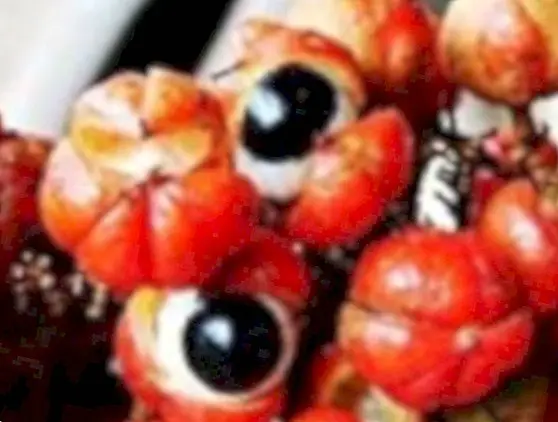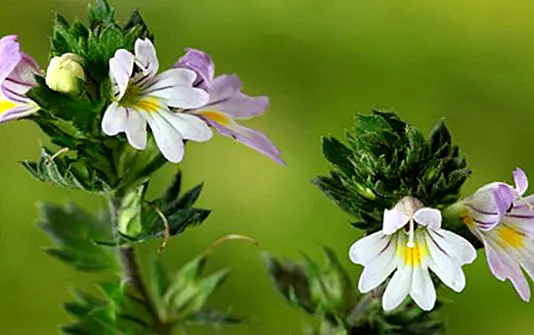How to make kefir: recipe for making and fermenting kefir
The kefir it comes to be a polysaccharide structure in which different microorganisms coexist in symbiosis. As regards its shape, it adopts an irregular, gelatinous mass, white or slightly yellowish in color and of elastic consistency.
Of course, its size varies between a few millimeters and a few centimeters in diameter. In the nodules or kefir grains bacteria are found in symbiotic association (mainly Lactobacillus desidiosus, Lactobacillus brevis, Lactobacillus acidophilus Y lactic streptococci) and yeasts (Sacharomyces delbruckii Y Candida kephir) that are mainly responsible for the general double fermentation: alcoholic and lactic acid.

It is known that it is composed of a series of heterofermentative and homofermentative lactic bacteria, acetic acid bacteria, fermenting and non-fermenting lactose yeasts.
If we place kefir nodules in fresh milk, we must know that a double fermentation occurs, one made by bacteria and another by yeast.
It is composed of a series of heterofermentative and homofermentative lactic bacteria, acetic acid bacteria, fermenting and non-fermenting lactose yeasts. Among this symbiotic association we find:
- Bacteria: Lactobacillus desidiosus, Lactobacillus brevis, Lactobacillus acidophilus Y lactic streptococci.
- Yeasts: Sacharomyces delbruckii Y Candida kephir.
Both bacteria and yeasts are mainly responsible for generating double fermentation: alcoholic and lactic acid.

How to make and prepare milk kefir? Recipe
Ingredients:
- ¾ l. milk
- 150 gr. of nodules or grains of kefir
- 1 glass container (1 liter capacity)
Preparation of kefir:
Leave the milk so that it takes room temperature in the glass container. Add the kefir nodules, cover and let stand for 24 to 36 hours. You will see how the nodules will grow, so it will be necessary to add more milk if you want it to be lighter than thick (if you prefer it thicker, leave it that way).
Strain the kefir and put it back into the milk.
How to preserve milk kefir:
The preservation of kefir should be done in a cool, dry place, not too cold or too hot. However, if you are going to be a few days without consuming kefir, you can reserve in the fridge.
It is advisable to wash both the nodule and the container with water once a week.

And how to make water kefir?
As you surely know, Water kefir is one that is made from purified water, using water for its preparation instead of milk. According to some authors, water kefir is richer in properties and benefits, although it is thought that this question is purely a belief. It is also possible to elaborate it with vegetable milks.
Ingredients:
- 3 tablespoons of hydrated kefir nodules.
- 60 gr. of sugar cane.
- 2 dates or a handful of raisins.
- Half lemon.
- 1 liter of water.
You also need a glass container, a canvas or cloth and an elastic band.
Preparation of water kefir:
- In the glass container put water, half a lemon, water kefir nodules, raisins or dates and sugar. Cover it with a cloth or cloth and an elastic band.
- Leave it at room temperature for 2 or 3 days.
- After this time the kefir will have fermented.
- Remove the dates or raisins, squeeze the lemon and add it.
- Wash the nodules and the container, and you can use them again.
How to keep it ?:
To preserve water kefir, it is best to store it in a glass bottle covered with a cork. On the other hand, if for a few days you do not want to make more kefir, you can reserve kefir nodules in a pot with water and sugar.
How to reactivate them? Very simple: you just have to wash them well and follow the normal process, indicated above.


